Description
This Sansevieria masoniana, also known as the ‘Whale Fin’ plant, is a unique and stunning addition to any space. With its large, fleshy leaves that resemble a whale fin, it adds a touch of nature and elegance to any room. As a low-maintenance plant, it is perfect for those looking for a beautiful yet easy-to-care-for plant.
Full Botanical Name:
Sansevieria masoniana ‘Whale Fin’
Common Names:
Whale Fin Sansevieria, Shark Fin Snake Plant
Country and/or Region of Origin:
Native to the Democratic Republic of the Congo.
Growing Conditions in Native Habitat:
Thrives in warm, dry regions, often found in rocky or sandy soils where it receives plenty of sunlight.
Care Information:
-
Light:
Does well in both low light and bright, indirect light. It can tolerate some direct sunlight, especially in the morning or late afternoon. -
Ideal Room:
Highly adaptable and can be placed in a variety of settings, from bedrooms to more shaded areas of the house like hallways. -
Feeding:
Feed with a general-purpose or succulent fertilizer every 3-4 months during the growing season. Reduce to once in the winter. -
Humidity:
Low humidity requirements, making it suitable for typical indoor environments. -
Ideal Temperature:
Prefers temperatures between 60°F and 85°F (15°C to 29°C). It is not frost-tolerant and should be protected from cold drafts. -
Watering:
Water infrequently, allowing the soil to dry out completely between waterings. Be cautious of overwatering, particularly in winter. -
Pet/Child Safe:
Contains saponins which are toxic if ingested, potentially causing nausea, vomiting, and diarrhea in pets and children. -
Soil:
Use a well-draining sandy soil mix, ideally formulated for succulents or cacti. -
Propagation:
Propagate from leaf cuttings or by dividing during repotting. Spring is the best time for propagation. -
Eventual Height and Spread:
The ‘Whale Fin’ can grow quite tall, up to 3-4 feet (90-120 cm), with its large, fin-like leaves making a dramatic statement. -
Growth Rate:
Slow growing. This plant often takes several years to reach its full size. -
Pests and Treatment:
Generally pest-resistant. If pests occur, treat with appropriate measures such as insecticidal soap. -
Repotting:
Only needs repotting every few years due to its slow growth rate. -
Pruning:
Minimal pruning needed. Remove only the old or damaged leaves to keep the plant healthy. -
Folk Law:
Sansevierias are often considered to bring good luck and are used in Feng Shui to attract positive energy and to protect the home.

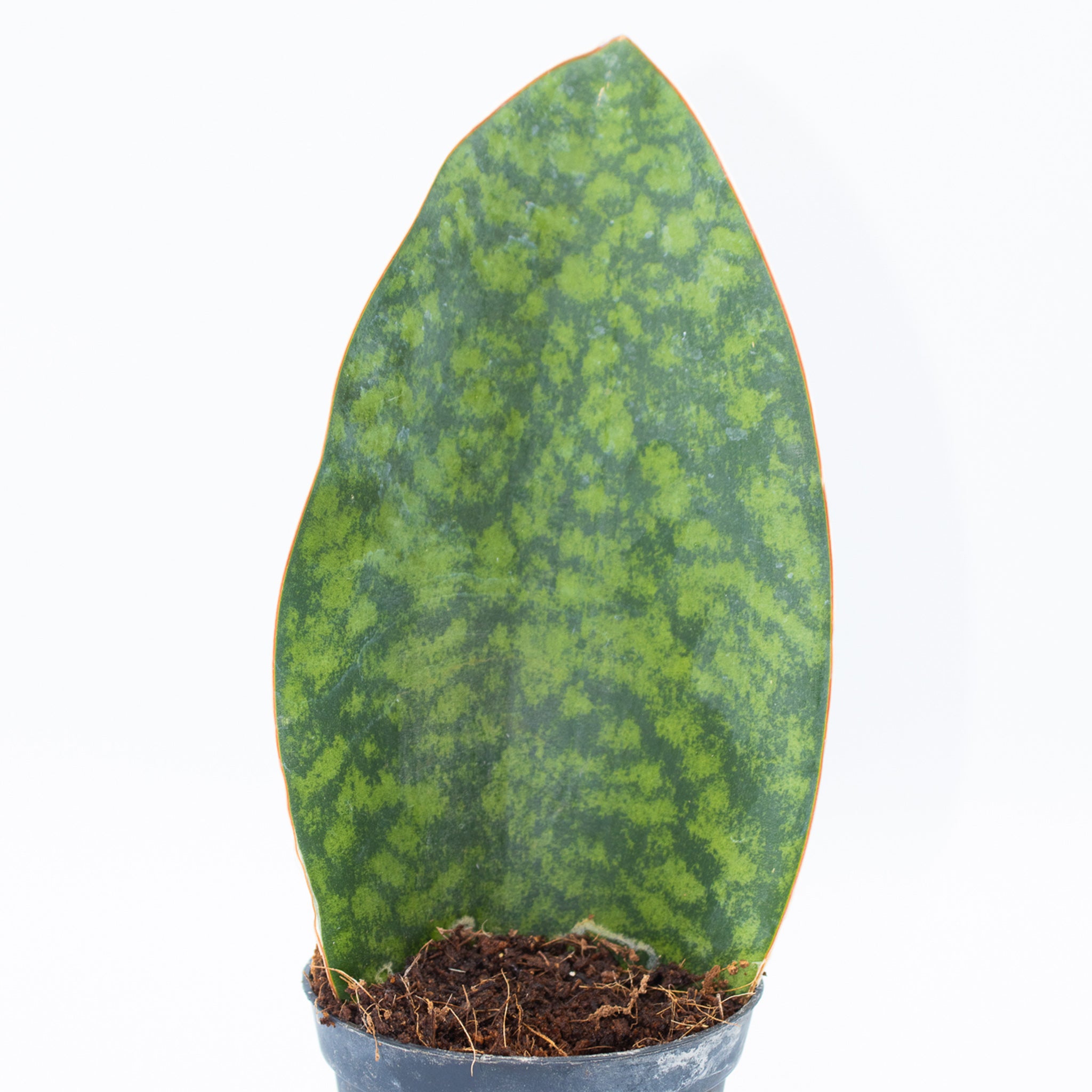
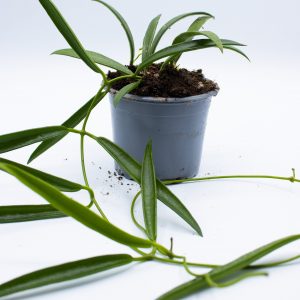
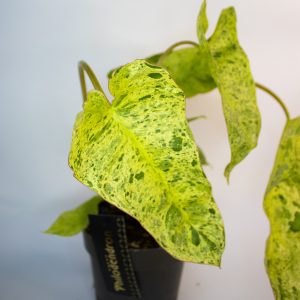

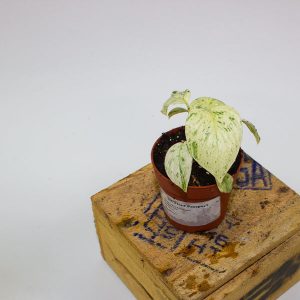

Reviews
There are no reviews yet.